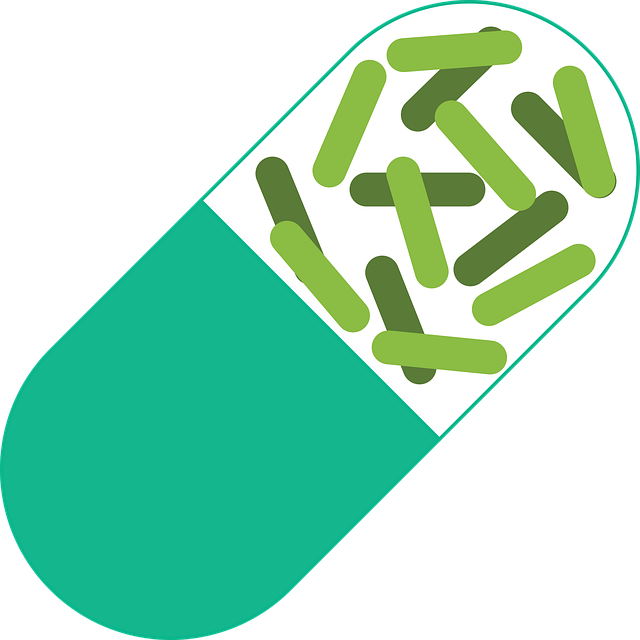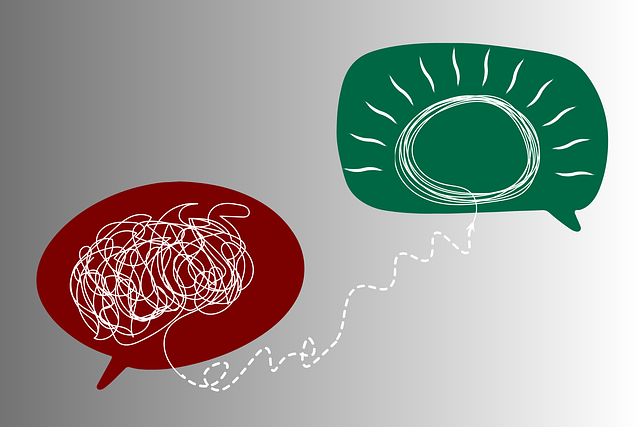Behavioral Activation Therapy (BAT) is a science-backed depression treatment program that focuses on engaging individuals in activities that bring pleasure and meaning, disrupting negative thought patterns. By tracking moods, identifying limitations, and setting achievable goals, BAT helps patients break free from withdrawal cycles and experience immediate and long-term improvements in mood and mental health. This personalized approach incorporates physical activity and social engagement, leading to more profound and lasting recovery compared to generic treatments. Success is measured through changes in behavior, emotional well-being, and enhanced quality of life, with the ultimate goal of empowering individuals to manage depression independently. Accessing online resources, professional guidance, and support groups are crucial steps in effective depression treatment programs.
Behavioral Activation Therapy (BAT) offers a transformative approach to tackling depression, focusing on increasing engaging activities and social interactions. This comprehensive overview explores BAT’s potential as an effective depression treatment program, delving into its neurobiological foundations, key techniques, and customization for individual needs. We’ll discuss how integrating physical activity and social engagement enhances recovery, examine methods for evaluating success, and provide resources for accessing these life-changing depression treatment programs.
Understanding Behavioral Activation Therapy: A Comprehensive Overview

Behavioral activation therapy (BAT) is a highly effective depression treatment program that focuses on guiding individuals to engage in activities and behaviors that enhance mood and well-being. Unlike traditional talk therapy, BAT emphasizes practical strategies to change maladaptive patterns, promoting a more active and fulfilling life. This therapeutic approach encourages patients to identify and participate in activities they find meaningful and enjoyable, thereby reducing symptoms of depression.
At its core, BAT involves several key components: teaching individuals to track their moods and behaviors, identifying areas where engagement in activities might be limited, and developing strategies to overcome barriers. By fostering a sense of purpose and pleasure through structured yet flexible routines, BAT helps individuals break free from the cycle of withdrawal often associated with depression. As a result, it becomes easier for them to participate in activities that not only provide short-term relief but also contribute to long-term improvements in mood and overall mental health.
The Science Behind BAT: Neurobiology and Its Impact on Depression
Behavioral activation therapy (BAT) is grounded in the science of neurobiology, offering a unique perspective on depression treatment programs. This therapeutic approach recognizes that our brains play a pivotal role in our emotional states and behaviors. When individuals experience depression, certain neural circuits involved in reward, motivation, and mood regulation can become dysregulated. BAT aims to rewire these circuits by encouraging engaging in activities that promote pleasure, meaning, and a sense of accomplishment.
The impact of BAT on depression is profound. By focusing on increasing pleasurable activities and social interactions, individuals can stimulate the release of neurotransmitters like dopamine, which is closely linked to feelings of happiness and reward. This neurobiological process helps to counteract the negative thought patterns and emotional distress often associated with depression, ultimately leading to improved symptoms and overall well-being.
Key Principles and Techniques in Behavioral Activation Therapy
Behavioral Activation Therapy (BAT) is founded on several key principles that guide its approach to treating depression. The primary focus is on helping individuals identify and engage in activities that bring pleasure, meaning, and a sense of accomplishment. This therapy emphasizes the importance of behavior as a central factor in emotional experiences, particularly in relation to depression. By encouraging clients to participate in activities they enjoy or find rewarding, BAT aims to disrupt negative thought patterns and behavioral routines associated with low mood.
The main techniques employed in BAT include activity monitoring, goal setting, and the implementation of a daily schedule. Therapists work collaboratively with clients to track their daily activities, identifying areas where engagement in enjoyable activities is lacking. Together, they set achievable goals that promote participation in meaningful tasks, gradually increasing the variety and intensity of these activities over time. This structured approach facilitates a more balanced and fulfilling lifestyle, serving as an effective depression treatment program.
Customizing BAT for Individual Needs: Personalized Treatment Plans

Behavioral activation therapy (BAT) recognizes that every individual’s experience with depression is unique, which is why it emphasizes tailoring treatment plans to meet specific needs. This personalized approach involves assessing an individual’s daily activities, social interactions, and emotional responses to identify behaviors that either maintain or disrupt their depressive symptoms. Once these patterns are understood, therapists help clients set achievable goals and create structured action plans.
These customized depression treatment programs focus on encouraging engaging in activities that bring pleasure or a sense of accomplishment, even if they seem small at first. By gradually increasing pleasurable activities and social interactions, BAT aims to disrupt negative thought patterns and behavioral trends associated with depression, offering a more effective and sustainable approach for managing symptoms compared to one-size-fits-all treatment methods.
Integrating Physical Activity and Social Engagement in Depression Treatment Programs

Incorporating physical activity and social engagement into depression treatment programs has emerged as a powerful strategy to enhance therapeutic outcomes. Regular exercise, such as walking, swimming, or group fitness classes, can significantly improve mood and overall well-being by boosting neurotransmitters like serotonin and norepinephrine. These activities not only provide a healthy outlet for stress relief but also offer opportunities for social interaction, which is crucial in combating the isolation often associated with depression.
Social engagement, whether through support groups, community events, or simply spending time with loved ones, plays a vital role in depression treatment. It helps individuals build a sense of belonging and connection, fostering positive emotions and reducing feelings of loneliness. Combining physical activity with social components can create a supportive environment that encourages participants to stick to their treatment plans and experience more profound and lasting improvements in their mental health.
Measuring Success: Evaluating the Effectiveness of Behavioral Activation Therapy

Measuring success in behavioral activation therapy (BAT) involves a careful evaluation of its effectiveness as a depression treatment program. Therapists typically assess progress by tracking changes in the patient’s behavior and emotional well-being over time. This can include metrics like increased engagement in pleasurable activities, improvements in social interactions, better sleep patterns, and reduced symptoms of depression. Standardized questionnaires and clinical interviews are often used to quantify these changes objectively.
The success of BAT is not solely determined by symptom reduction, however. It also considers the patient’s ability to develop and maintain adaptive behaviors that enhance their quality of life. By fostering skills in goal setting, problem-solving, and mood regulation, BAT aims to empower individuals to manage their depression independently. Long-term follow-ups are valuable in evaluating whether these acquired skills persist and contribute to sustained improvements in mental health and overall functioning.
Accessing and Navigating Depression Treatment Programs: Resources and Support

Accessing quality depression treatment programs is a pivotal step in managing and overcoming depressive episodes. Thankfully, a myriad of resources and support systems are available to help individuals navigate this process effectively. Online platforms offer a wealth of information, from educational articles to discussion forums, providing insights into different therapeutic approaches like behavioral activation therapy (BAT). These digital tools empower individuals to make informed decisions about their mental health journey.
Professional guidance remains indispensable. Mental health professionals play a crucial role in diagnosing depression and tailoring personalized treatment plans. They can direct patients towards suitable depression treatment programs, including BAT sessions conducted by trained therapists. Local support groups and community-based initiatives also form robust networks, offering peer-to-peer assistance and shared experiences, which can significantly enhance recovery outcomes.
